Causes of high fever in 1 year old. High Fever in 1-Year-Olds: Causes, Symptoms, and When to Seek Medical Help
What are the common causes of high fever in 1-year-old children. How can parents recognize the symptoms of a serious fever. When should you take your child to the doctor for a high temperature. What are the best ways to treat fever in toddlers at home. How can you prevent fever-related complications in young children.
Understanding Fever in Young Children
Fever is a common occurrence in young children, especially those around 1 year of age. It’s essential for parents and caregivers to understand what constitutes a fever and its implications for a child’s health. A fever is typically defined as a body temperature above 100.4°F (38°C) when measured rectally, which is the most accurate method for infants and toddlers.
Why do children develop fevers? Fever is generally a sign that the body is fighting off an infection. It’s a natural defense mechanism that helps activate the immune system and create an environment less favorable for pathogens. While fever can be concerning for parents, it’s important to remember that it’s often a sign of a healthy, functioning immune system.

Normal Temperature Ranges for 1-Year-Olds
A typical temperature for a 1-year-old child can vary throughout the day:
- Morning: As low as 96.8°F (36°C)
- Evening: Up to 100.3°F (37.9°C)
- Average: 98.6°F (37°C)
Is a slight temperature elevation always a cause for concern? Not necessarily. Factors such as prolonged crying, physical activity, or warm environments can cause a temporary increase in body temperature without indicating illness.
Common Causes of High Fever in 1-Year-Olds
Understanding the potential causes of fever in young children can help parents respond appropriately. Here are some of the most common reasons for high fever in 1-year-olds:
- Viral infections (e.g., common cold, flu, roseola)
- Respiratory infections (e.g., RSV, viral croup)
- Ear infections
- Urinary tract infections (UTIs)
- Pneumonia (viral or bacterial)
- Meningitis (rare but serious)
- Post-vaccination reactions
Can teething cause fever in 1-year-olds? Contrary to popular belief, teething itself does not typically cause fever. While it may cause a slight temperature elevation, a true fever (above 100.4°F) is more likely due to an unrelated illness.

Viral vs. Bacterial Infections
How can parents distinguish between viral and bacterial infections? This can be challenging without medical tests, but some general observations can help:
- Viral infections are more common and often resolve on their own
- Bacterial infections may require antibiotic treatment
- Viral symptoms often include runny nose, cough, and mild fever
- Bacterial infections might cause higher fevers and more severe symptoms
Do all fevers require medical attention? Not necessarily. Many fevers, especially those caused by viral infections, can be managed at home. However, certain symptoms or circumstances warrant immediate medical evaluation.
Recognizing Serious Symptoms in Febrile 1-Year-Olds
While most fevers in 1-year-olds are not cause for alarm, it’s crucial to recognize signs that may indicate a more serious condition. Parents should be vigilant for the following symptoms:
- Fever lasting more than three days
- Temperature above 104°F (40°C)
- Lethargy or unresponsiveness
- Difficulty breathing or rapid breathing
- Severe headache or neck stiffness
- Persistent vomiting or diarrhea
- Signs of dehydration (dry mouth, no tears when crying, decreased urination)
- Seizures or convulsions
How can parents assess their child’s overall condition during a fever? Look for signs of alertness, responsiveness, and normal behavior. A child who is playing, drinking fluids, and interacting normally is likely managing the fever well, even if the temperature is high.
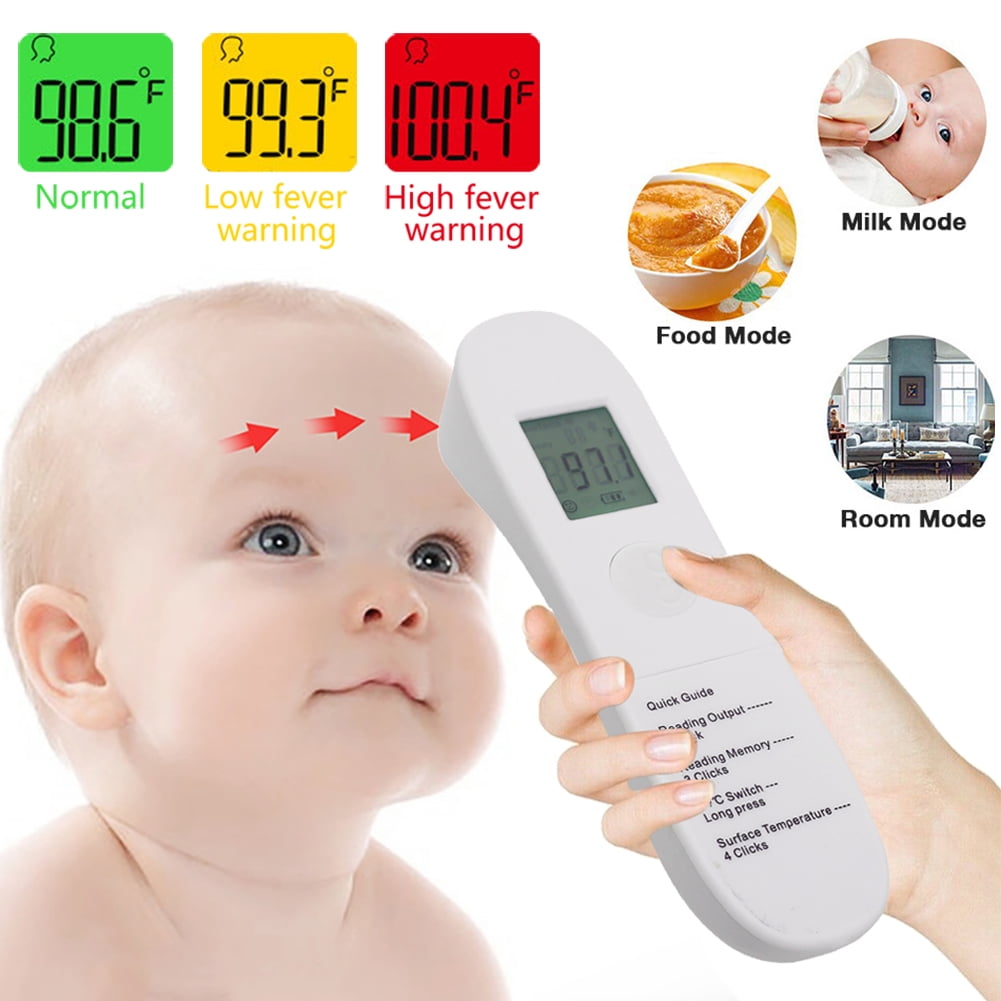
Fever-Related Complications
Are there potential complications associated with high fevers in young children? While rare, some children may experience fever-related complications:
- Febrile seizures: Brief convulsions that can occur with rapid temperature changes
- Dehydration: Due to increased fluid loss from sweating and rapid breathing
- Hallucinations: Some children may experience brief, fever-induced hallucinations
How can parents prevent these complications? Ensuring proper hydration, monitoring temperature regularly, and using appropriate fever-reducing medications when necessary can help mitigate risks.
When to Seek Medical Attention for a Feverish 1-Year-Old
Knowing when to consult a healthcare professional is crucial for parents of young children with fevers. While many fevers can be managed at home, certain situations require prompt medical attention:
- Fever in infants under 3 months old (seek immediate care)
- Temperature above 104°F (40°C) in any child
- Fever lasting more than 3 days
- Signs of dehydration or lethargy
- Difficulty breathing or other concerning symptoms
- Recent travel to areas with endemic diseases
- Known exposure to a serious illness
Should parents always rely on temperature alone to decide when to seek help? No, it’s important to consider the child’s overall condition and behavior in addition to the temperature reading. A slightly elevated temperature with concerning symptoms may warrant medical attention, while a higher fever in an otherwise active and responsive child might be manageable at home.

Emergency Situations
When should parents seek emergency care for a feverish 1-year-old? Immediate medical attention is necessary if the child experiences:
- Seizures or convulsions
- Difficulty breathing or bluish skin color
- Severe lethargy or unresponsiveness
- Signs of meningitis (severe headache, neck stiffness, light sensitivity)
- Persistent vomiting or severe abdominal pain
How can parents prepare for a medical visit? Keep a log of the child’s temperature, symptoms, and any medications given. This information can be valuable for healthcare providers in assessing the situation.
Home Care and Treatment for Fevers in 1-Year-Olds
While medical attention is sometimes necessary, many fevers in 1-year-olds can be managed effectively at home. Here are some strategies for caring for a feverish child:
- Ensure adequate hydration with water, breast milk, or formula
- Dress the child in light, breathable clothing
- Keep the room temperature comfortable, not too warm
- Offer lukewarm sponge baths to help cool the body
- Provide rest and comfort
- Monitor temperature and overall condition regularly
Is it necessary to “break” a fever? No, attempting to drastically lower body temperature is not recommended. Fever is a natural immune response, and moderate temperatures can actually help fight infections.

Fever-Reducing Medications
When should parents consider using fever-reducing medications? These can be used if the child is uncomfortable or if the fever is very high. Common options include:
- Acetaminophen (Tylenol)
- Ibuprofen (for children over 6 months old)
How should these medications be administered? Always follow the dosage instructions based on the child’s weight, not age. Never give aspirin to children due to the risk of Reye’s syndrome.
Preventing Fevers and Boosting Immunity in Young Children
While it’s impossible to prevent all fevers, there are steps parents can take to reduce the likelihood of infections and support their child’s immune system:
- Ensure up-to-date vaccinations
- Practice good hand hygiene
- Avoid exposure to sick individuals
- Maintain a healthy diet rich in fruits and vegetables
- Ensure adequate sleep and rest
- Promote regular physical activity
- Minimize stress in the child’s environment
Can specific foods or supplements boost a child’s immunity? While a balanced diet is important, no single food or supplement can prevent fevers or infections. Focus on overall nutrition and a healthy lifestyle.

Environmental Considerations
How can parents create a healthy environment for their 1-year-old? Consider these factors:
- Maintain good indoor air quality
- Reduce exposure to environmental toxins
- Ensure a clean living space
- Provide opportunities for safe outdoor play
Is it beneficial to expose children to germs to build immunity? While some exposure to common germs can help develop the immune system, it’s important to maintain good hygiene practices and avoid unnecessary risks.
Understanding Fever Patterns and Their Significance
Fever patterns can provide valuable information about the underlying cause of illness in 1-year-olds. Different types of fevers may indicate various conditions:
- Continuous fever: Temperature remains above normal throughout the day
- Remittent fever: Temperature fluctuates but never returns to normal
- Intermittent fever: Temperature returns to normal between fever spikes
- Relapsing fever: Fever-free periods followed by recurrence of fever
Do these patterns always indicate specific illnesses? While certain patterns can be associated with particular conditions, they are not definitive diagnostic tools. Medical evaluation is necessary for accurate diagnosis.

The Role of the Immune System
How does a child’s immune system respond to infections? The immune response in young children involves:
- Recognition of pathogens
- Activation of white blood cells
- Production of antibodies
- Elevation of body temperature (fever)
- Release of inflammatory mediators
Is a strong fever always indicative of a robust immune response? Not necessarily. While fever is a sign of immune activation, the severity of the fever doesn’t always correlate with the effectiveness of the immune response or the seriousness of the infection.
Long-Term Health Considerations for Frequently Febrile Children
Some 1-year-olds may experience frequent fevers, which can be concerning for parents. Understanding the implications of recurrent fevers is important:
- Most frequent fevers are due to common childhood infections
- Repeated viral infections can be normal as the immune system develops
- Some children may be more susceptible to infections due to genetic or environmental factors
- Rarely, frequent fevers may indicate an underlying medical condition
Should parents be concerned about long-term effects of frequent fevers? In most cases, frequent fevers in childhood do not cause long-term health problems. However, if fevers are unusually frequent or severe, medical evaluation may be warranted.

Building Resilience in Young Immune Systems
How can parents support the development of a strong immune system in their 1-year-old? Consider these strategies:
- Encourage a varied, nutrient-rich diet
- Ensure adequate sleep and rest
- Promote regular physical activity
- Minimize unnecessary antibiotic use
- Support emotional well-being and stress reduction
- Maintain a clean but not overly sterile environment
Can early exposure to diverse environments benefit a child’s immune development? Yes, controlled exposure to various environments and mild pathogens can help strengthen and educate the immune system, potentially reducing the frequency of fevers and infections over time.
Causes, treatments, and when to speak with a doctor
Fever in babies is a common concern that can cause worry among parents and caregivers. Understanding the temperature of fever in babies and what can cause fever can help with knowing how to care for the baby and when to seek medical advice.
A fever most often means that a baby’s body is fighting off an infection. Parents and caregivers may worry when they notice a baby has a fever, although this is a sign of a healthy immune system. However, because newborns have more vulnerable bodies, a fever can signal a serious infection.
This article examines the causes of fever in babies, what it means, and when a parent or caregiver may want to take the baby to a doctor. It also discusses how to care for a baby with a fever.
When taking a baby’s temperature, a rectal thermometer generally gives the most accurate results.
What is fever in babies?
A typical temperature in a child under the age of 12 months is an average of 98. 6°F (37°C) when using a rectal thermometer. In the morning, this temperature can be as low as 96.8°F (36°C) and go up to 100.3°F (37.9°C) later in the day. This is a normal range for an infant at this age.
6°F (37°C) when using a rectal thermometer. In the morning, this temperature can be as low as 96.8°F (36°C) and go up to 100.3°F (37.9°C) later in the day. This is a normal range for an infant at this age.
Fever in a child depends on the method of taking the temperature:
- above 100.4°F (38°C) using a rectal thermometer
- above 100°F (37.8°C) using an oral thermometer, however, this method is not accurate in infants
- above 99°F (37.2°C) using an armpit thermometer
What does fever mean?
By itself, a fever does not necessarily signal a serious illness. If the baby is behaving as they would, they are likely to be fine. However, if a baby under 3 months of age has a rectal temperature of 100.4°F (38°C) or higher, a parent or caregiver should call a doctor.
Additionally, the severity of a fever does not always indicate how unwell a child is at the time. The body temperatures of babies can rise for many reasons other than illness, including extended crying, sitting in the hot sun, or spending time playing. Their temperature may also slightly rise when they are teething. None of these things causes a fever.
Their temperature may also slightly rise when they are teething. None of these things causes a fever.
A baby’s body is also less able to regulate temperature than an adult body, meaning it can be more difficult for them to cool down during a fever. Their bodies are naturally warmer than an adult’s body because they are more metabolically active, which generates heat.
A fever is a symptom of an illness, not the illness itself. Fever occurs due to the immune system fighting against infections, which can be bacterial or viral. Viral infections are much more common.
Common causes of fevers in babies include:
- viral infections, including the common cold, the flu, roseola, or respiratory infections, such as respiratory syncytial virus or viral croup
- ear infections
- pneumonia, which can be viral or bacterial
- meningitis, which can be viral or bacterial and is a very serious infection of the brain and spinal cord
- A fever of 100.4°F (38°C) or higher before the age of 3 months.
 At this age, any bacterial infection can progress quickly and lead to sepsis, so an infant needs immediate medical care.
At this age, any bacterial infection can progress quickly and lead to sepsis, so an infant needs immediate medical care. - A fever after a vaccine that can occur within 12 hours after the shot and lasts for 2–3 days.
- Rarely, heat-related illnesses can cause high temperatures in babies. Babies are less effective at controlling their body temperature than adults, making them more vulnerable to very hot weather. Dressing babies in weather-appropriate clothing, keeping them out of the hot sun, and keeping them indoors when the weather is very hot will help regulate their body temperature.
- urinary tract infection, a bacterial infection that can sometimes cause fever in babies
Despite common beliefs, teething does not cause a fever.
Fevers are a sign that the baby’s immune system is fighting infection, so the fever itself is not dangerous. What may put the baby at risk is the underlying infection, if it is serious.
Should parents be worried?
Some parents and caregivers may worry that fevers are dangerous.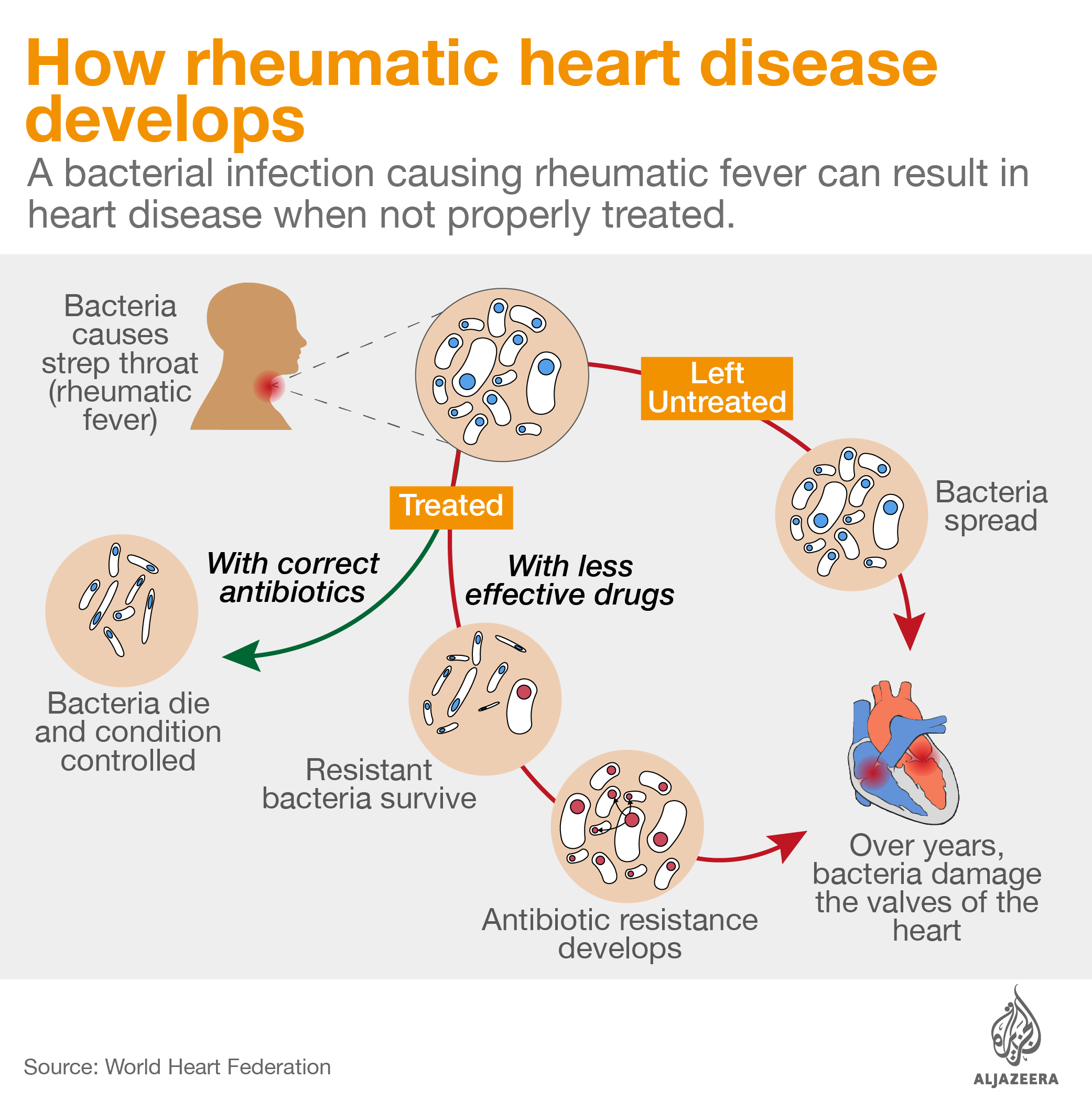 However, except in rare cases, these fevers themselves are rarely serious.
However, except in rare cases, these fevers themselves are rarely serious.
Fevers of up to 105°F (40.5°C) are common in babies and children whose temperatures often get much higher than an adult’s temperature. Where there is a viral infection causing this fever, they may just need to run their course. Some bacterial infections may require treatment with antibiotics, but the fever itself is just a symptom.
Additionally, treating the fever will not make the infection go away. Instead, parents and caregivers should simply carefully monitor the child for signs of complications.
However, a doctor needs to examine babies younger than 3 months for any signs of fever. This is to check for underlying conditions, as certain infections are more common and can be more dangerous in newborns.
Fever complications
Some parents or caregivers may hear about fevers causing brain damage. However, this can only happen if the temperature rises above 107°F (41.6°C), which is very rare.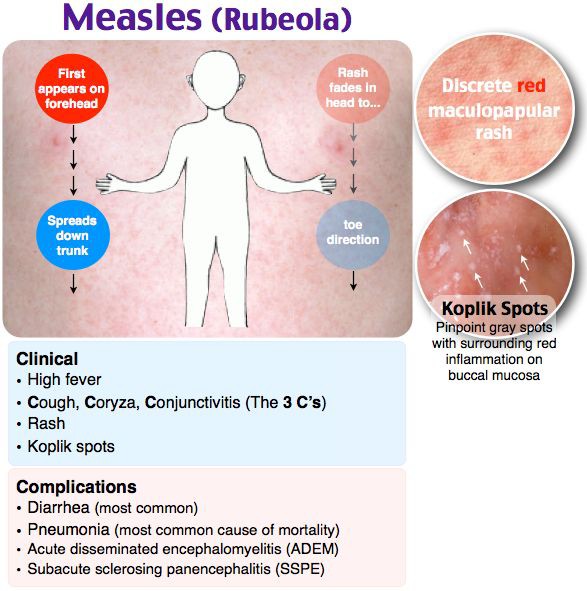 When an infant’s temperature is below this, there is no need to take drastic measures, such as ice baths, to lower the child’s fever.
When an infant’s temperature is below this, there is no need to take drastic measures, such as ice baths, to lower the child’s fever.
For 2–5% of children aged between 6 months and 5 years, a fever can cause a seizure, which can be worrying but is not typically harmful. Doctors call them febrile seizures.
Febrile seizures do not cause brain damage or increase a child’s risk of epilepsy. Even long seizures, or those that last longer than 15 minutes, usually have a good outcome. However, prolonged seizures may mean a child is more likely to develop epilepsy.
The biggest risk of febrile seizures is that a child may fall, hit their head, or suffer a similar injury. Therefore, parents and caregivers should monitor children during a seizure to prevent injury and call 911 or emergency services for any seizures in a baby that continue for longer than 5 minutes.
The American Academy of Pediatrics (AAP) recommends that parents and caregivers make their babies comfortable if they have a fever, rather than focusing on lowering their temperature.
To look after a baby with a fever, parents and caregivers can:
- Monitor the baby’s activity level and overall comfort: Babies who seem happy, alert, and comfortable may not need treatment.
- Ensure the baby remains well hydrated: Fever increases the risk of dehydration, so parents, caregivers, and nurses should offer milk or formula on demand. Older babies should also drink plenty of water. In some cases, a healthcare professional may recommend using an electrolyte drink to help with dehydration.
- Monitor the baby for signs of dehydration: This can include not urinating as often as usual, sunken eyes, chapped lips, or very dry or pasty-looking skin.
- Avoid waking a sleeping baby to administer anti-fever medication: Unless a doctor instructs to do this.
- Administer anti-fever medication under a doctor’s supervision: People can give this medication if the infant is in pain or uncomfortable from the fever.
 The baby’s weight determines the dose, so follow the label instructions carefully. Call a doctor before giving new medication to a baby, especially a sick one.
The baby’s weight determines the dose, so follow the label instructions carefully. Call a doctor before giving new medication to a baby, especially a sick one. - Help limit the spread of infections: Do not send a sick baby to daycare or take them to places where babies or other vulnerable people may be, as this can spread infections.
Call a doctor or seek medical care if a baby has a fever and one of the following:
- The baby is inconsolable, lethargic, or seems very sick.
- A fever lasts longer than 24 hours in a baby younger than 2 years old without other symptoms.
- The fever rises above 104°F (40°C).
- The child still seems sick with medication.
- The baby is taking antibiotics but does not seem better within a day or two.
- The baby has signs of dehydration, including dry lips or a sunken soft spot on top of their head.
- The baby has a weak immune system for a separate reason.
- The baby is younger than 3 months old.

Go to the emergency room for a fever if a baby:
- is a newborn
- has a seizure for the first time
- has a seizure that lasts longer than 15 minutes
- has a fever rising to 107°F (41.6°C) or higher
A fever in a newborn may be a sign of a serious medical condition. Newborns are more vulnerable to infections, so it is important to take any signs of infection seriously. Call a doctor if a newborn has a fever or other signs of illness.
One concern with newborns is respiratory illness. Newborns breathe more through their noses than older infants and children, so congestion can make breathing appear more difficult. They also have smaller airways.
A lack of oxygen can seriously injure a newborn. If a baby has trouble breathing, call a doctor, even if their fever goes down.
Signs that a newborn is having trouble breathing include:
- wheezing or grunting
- flaring the nostrils when breathing
- white or blue skin, especially around the nail beds or on the mouth or tongue, though this may be harder to detect in infants with darker skin.

- pulling in the muscles around the ribs when breathing
If a baby has breathing problems and a fever, a parent or caregiver should take them to the emergency room immediately.
Young children and babies sometimes experience fevers, but this is usually not a cause for concern when infants are behaving as expected.
Parents and carers can use a child’s behavior as a cue. If a baby seems fine but has a fever, the illness is probably a minor one that will soon pass.
Lethargy, excessive crying, and other signs of serious illness are important to address, even if a child’s fever is fairly low. A fever means that the immune system is working hard to fight an infection.
Parents and caregivers do not need to treat the fever itself, but they can comfort the baby and treat the symptoms instead. If they are unsure whether a baby’s symptoms are serious, they should consult with a healthcare professional.
Causes, treatments, and when to speak with a doctor
Fever in babies is a common concern that can cause worry among parents and caregivers. Understanding the temperature of fever in babies and what can cause fever can help with knowing how to care for the baby and when to seek medical advice.
Understanding the temperature of fever in babies and what can cause fever can help with knowing how to care for the baby and when to seek medical advice.
A fever most often means that a baby’s body is fighting off an infection. Parents and caregivers may worry when they notice a baby has a fever, although this is a sign of a healthy immune system. However, because newborns have more vulnerable bodies, a fever can signal a serious infection.
This article examines the causes of fever in babies, what it means, and when a parent or caregiver may want to take the baby to a doctor. It also discusses how to care for a baby with a fever.
When taking a baby’s temperature, a rectal thermometer generally gives the most accurate results.
What is fever in babies?
A typical temperature in a child under the age of 12 months is an average of 98.6°F (37°C) when using a rectal thermometer. In the morning, this temperature can be as low as 96.8°F (36°C) and go up to 100.3°F (37. 9°C) later in the day. This is a normal range for an infant at this age.
9°C) later in the day. This is a normal range for an infant at this age.
Fever in a child depends on the method of taking the temperature:
- above 100.4°F (38°C) using a rectal thermometer
- above 100°F (37.8°C) using an oral thermometer, however, this method is not accurate in infants
- above 99°F (37.2°C) using an armpit thermometer
What does fever mean?
By itself, a fever does not necessarily signal a serious illness. If the baby is behaving as they would, they are likely to be fine. However, if a baby under 3 months of age has a rectal temperature of 100.4°F (38°C) or higher, a parent or caregiver should call a doctor.
Additionally, the severity of a fever does not always indicate how unwell a child is at the time. The body temperatures of babies can rise for many reasons other than illness, including extended crying, sitting in the hot sun, or spending time playing. Their temperature may also slightly rise when they are teething.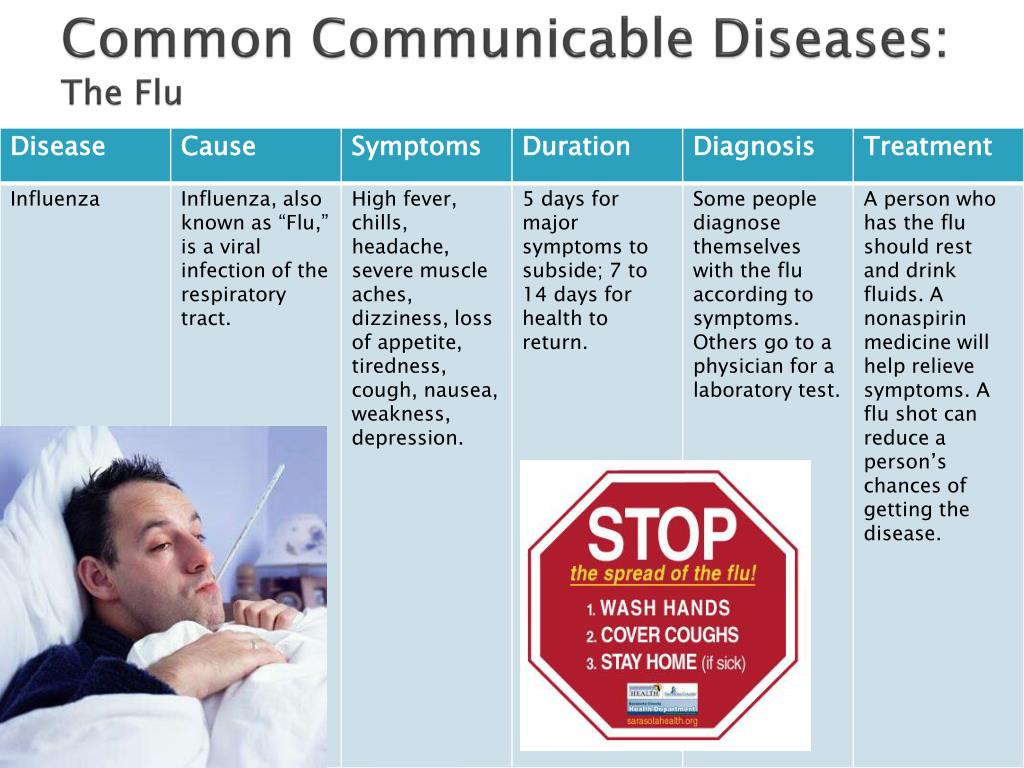 None of these things causes a fever.
None of these things causes a fever.
A baby’s body is also less able to regulate temperature than an adult body, meaning it can be more difficult for them to cool down during a fever. Their bodies are naturally warmer than an adult’s body because they are more metabolically active, which generates heat.
A fever is a symptom of an illness, not the illness itself. Fever occurs due to the immune system fighting against infections, which can be bacterial or viral. Viral infections are much more common.
Common causes of fevers in babies include:
- viral infections, including the common cold, the flu, roseola, or respiratory infections, such as respiratory syncytial virus or viral croup
- ear infections
- pneumonia, which can be viral or bacterial
- meningitis, which can be viral or bacterial and is a very serious infection of the brain and spinal cord
- A fever of 100.4°F (38°C) or higher before the age of 3 months. At this age, any bacterial infection can progress quickly and lead to sepsis, so an infant needs immediate medical care.

- A fever after a vaccine that can occur within 12 hours after the shot and lasts for 2–3 days.
- Rarely, heat-related illnesses can cause high temperatures in babies. Babies are less effective at controlling their body temperature than adults, making them more vulnerable to very hot weather. Dressing babies in weather-appropriate clothing, keeping them out of the hot sun, and keeping them indoors when the weather is very hot will help regulate their body temperature.
- urinary tract infection, a bacterial infection that can sometimes cause fever in babies
Despite common beliefs, teething does not cause a fever.
Fevers are a sign that the baby’s immune system is fighting infection, so the fever itself is not dangerous. What may put the baby at risk is the underlying infection, if it is serious.
Should parents be worried?
Some parents and caregivers may worry that fevers are dangerous. However, except in rare cases, these fevers themselves are rarely serious.
Fevers of up to 105°F (40.5°C) are common in babies and children whose temperatures often get much higher than an adult’s temperature. Where there is a viral infection causing this fever, they may just need to run their course. Some bacterial infections may require treatment with antibiotics, but the fever itself is just a symptom.
Additionally, treating the fever will not make the infection go away. Instead, parents and caregivers should simply carefully monitor the child for signs of complications.
However, a doctor needs to examine babies younger than 3 months for any signs of fever. This is to check for underlying conditions, as certain infections are more common and can be more dangerous in newborns.
Fever complications
Some parents or caregivers may hear about fevers causing brain damage. However, this can only happen if the temperature rises above 107°F (41.6°C), which is very rare. When an infant’s temperature is below this, there is no need to take drastic measures, such as ice baths, to lower the child’s fever.
For 2–5% of children aged between 6 months and 5 years, a fever can cause a seizure, which can be worrying but is not typically harmful. Doctors call them febrile seizures.
Febrile seizures do not cause brain damage or increase a child’s risk of epilepsy. Even long seizures, or those that last longer than 15 minutes, usually have a good outcome. However, prolonged seizures may mean a child is more likely to develop epilepsy.
The biggest risk of febrile seizures is that a child may fall, hit their head, or suffer a similar injury. Therefore, parents and caregivers should monitor children during a seizure to prevent injury and call 911 or emergency services for any seizures in a baby that continue for longer than 5 minutes.
The American Academy of Pediatrics (AAP) recommends that parents and caregivers make their babies comfortable if they have a fever, rather than focusing on lowering their temperature.
To look after a baby with a fever, parents and caregivers can:
- Monitor the baby’s activity level and overall comfort: Babies who seem happy, alert, and comfortable may not need treatment.

- Ensure the baby remains well hydrated: Fever increases the risk of dehydration, so parents, caregivers, and nurses should offer milk or formula on demand. Older babies should also drink plenty of water. In some cases, a healthcare professional may recommend using an electrolyte drink to help with dehydration.
- Monitor the baby for signs of dehydration: This can include not urinating as often as usual, sunken eyes, chapped lips, or very dry or pasty-looking skin.
- Avoid waking a sleeping baby to administer anti-fever medication: Unless a doctor instructs to do this.
- Administer anti-fever medication under a doctor’s supervision: People can give this medication if the infant is in pain or uncomfortable from the fever. The baby’s weight determines the dose, so follow the label instructions carefully. Call a doctor before giving new medication to a baby, especially a sick one.
- Help limit the spread of infections: Do not send a sick baby to daycare or take them to places where babies or other vulnerable people may be, as this can spread infections.

Call a doctor or seek medical care if a baby has a fever and one of the following:
- The baby is inconsolable, lethargic, or seems very sick.
- A fever lasts longer than 24 hours in a baby younger than 2 years old without other symptoms.
- The fever rises above 104°F (40°C).
- The child still seems sick with medication.
- The baby is taking antibiotics but does not seem better within a day or two.
- The baby has signs of dehydration, including dry lips or a sunken soft spot on top of their head.
- The baby has a weak immune system for a separate reason.
- The baby is younger than 3 months old.
Go to the emergency room for a fever if a baby:
- is a newborn
- has a seizure for the first time
- has a seizure that lasts longer than 15 minutes
- has a fever rising to 107°F (41.6°C) or higher
A fever in a newborn may be a sign of a serious medical condition. Newborns are more vulnerable to infections, so it is important to take any signs of infection seriously. Call a doctor if a newborn has a fever or other signs of illness.
Call a doctor if a newborn has a fever or other signs of illness.
One concern with newborns is respiratory illness. Newborns breathe more through their noses than older infants and children, so congestion can make breathing appear more difficult. They also have smaller airways.
A lack of oxygen can seriously injure a newborn. If a baby has trouble breathing, call a doctor, even if their fever goes down.
Signs that a newborn is having trouble breathing include:
- wheezing or grunting
- flaring the nostrils when breathing
- white or blue skin, especially around the nail beds or on the mouth or tongue, though this may be harder to detect in infants with darker skin.
- pulling in the muscles around the ribs when breathing
If a baby has breathing problems and a fever, a parent or caregiver should take them to the emergency room immediately.
Young children and babies sometimes experience fevers, but this is usually not a cause for concern when infants are behaving as expected.
Parents and carers can use a child’s behavior as a cue. If a baby seems fine but has a fever, the illness is probably a minor one that will soon pass.
Lethargy, excessive crying, and other signs of serious illness are important to address, even if a child’s fever is fairly low. A fever means that the immune system is working hard to fight an infection.
Parents and caregivers do not need to treat the fever itself, but they can comfort the baby and treat the symptoms instead. If they are unsure whether a baby’s symptoms are serious, they should consult with a healthcare professional.
High temperature in a child: causes and treatment
- Children
- Aches and pains
- Fever
- Selected
It is very difficult for every parent to watch their child get sick. High fever is just a symptom of the disease, not the disease itself.
Your child has a fever – Causes
Your child has a fever. What could have caused it?
When we talk about a fever in a child, we are not just talking about being hot or cold, if the temperature exceeds 37.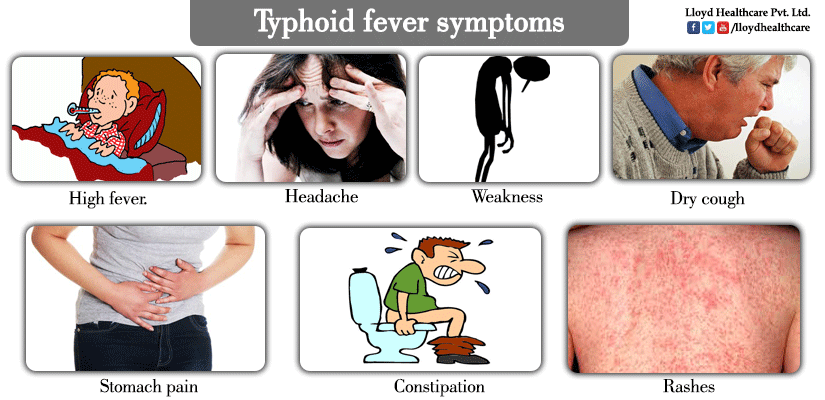 4 °C, then you are dealing with a fever. 1.2
4 °C, then you are dealing with a fever. 1.2
Fever in children can be unpleasant. It is very difficult for every parent to watch their child get sick, especially when the baby is very young. Fever is just a symptom of the disease, not the disease itself.
Why is the temperature rising?
Body temperature rises if (non-exhaustive):
- There is an infection (viral or bacterial) in the body.
- The child had an allergic reaction to a drug or vaccine.
- Your baby is teething.
Symptoms to look out for in children
When an infection occurs inside our body, the immune system releases certain chemicals that raise the body temperature. This helps fight infection, as viruses and bacteria are more easily destroyed at high temperatures. Despite the fact that fever is a traditional reaction of the body, it is quite difficult for your child to endure it. The clinical picture of a fever may include:
- Sweating
- Chills
- General lethargy, irritability, crying or apathy
- Redness on the skin
- Nausea, dizziness
- Headache
- Body pain
- General weakness
- Convulsions due to fever (in a small percentage of children, especially between the ages of 6 months and 5 years).
 Seek medical attention as soon as possible.
Seek medical attention as soon as possible.
What can help a child cope with a fever?
It is important to keep a thermometer handy at all times. If you find that the temperature of the child is above normal, you should contact the first aid kit at home to help him. But if the temperature of the baby exceeded 39°C, or just stays at 38 °C long enough, you should see a doctor immediately.
Simple ways to bring down the temperature without medical intervention:
- Let the child lie quietly for a while.
- The child needs to drink a lot if possible. This will help avoid dehydration.
- Wear light clothing to your child to avoid overheating. Lay bed linen and blankets made from light, natural fabrics.
- A feverish child should be opened, wiped with water at T° 25-30°C.
Children’s medicines
There are many different medicines on the market today to help you and your child manage a fever. Drugs to reduce fever are called antipyretics. Their action is aimed at reducing the amount of certain compounds produced by our body, called prostaglandins. In order to reduce the temperature in children, it is permissible to use 2 drugs – paracetamol or ibuprofen.
Their action is aimed at reducing the amount of certain compounds produced by our body, called prostaglandins. In order to reduce the temperature in children, it is permissible to use 2 drugs – paracetamol or ibuprofen.
Nurofen® for children is one of the proven remedies for fever. Its active ingredient is ibuprofen, which reduces the production of prostaglandins, thereby helping to relieve pain and lower fever.
Ibuprofen is one of the drugs recommended as antipyretic therapy in children, including COVID-19 – according to the following recommendations approved by the Russian Ministry of Health:
- Russia)
- Guidelines “Peculiarities of clinical manifestations and treatment of the disease caused by a new coronavirus infection (COVID-19) in children. Version 2 (07/03/2020)” (approved by the Russian Ministry of Health) *
* Regular (course) intake of antipyretic drugs is not indicated, a second dose is administered only after a new increase in temperature.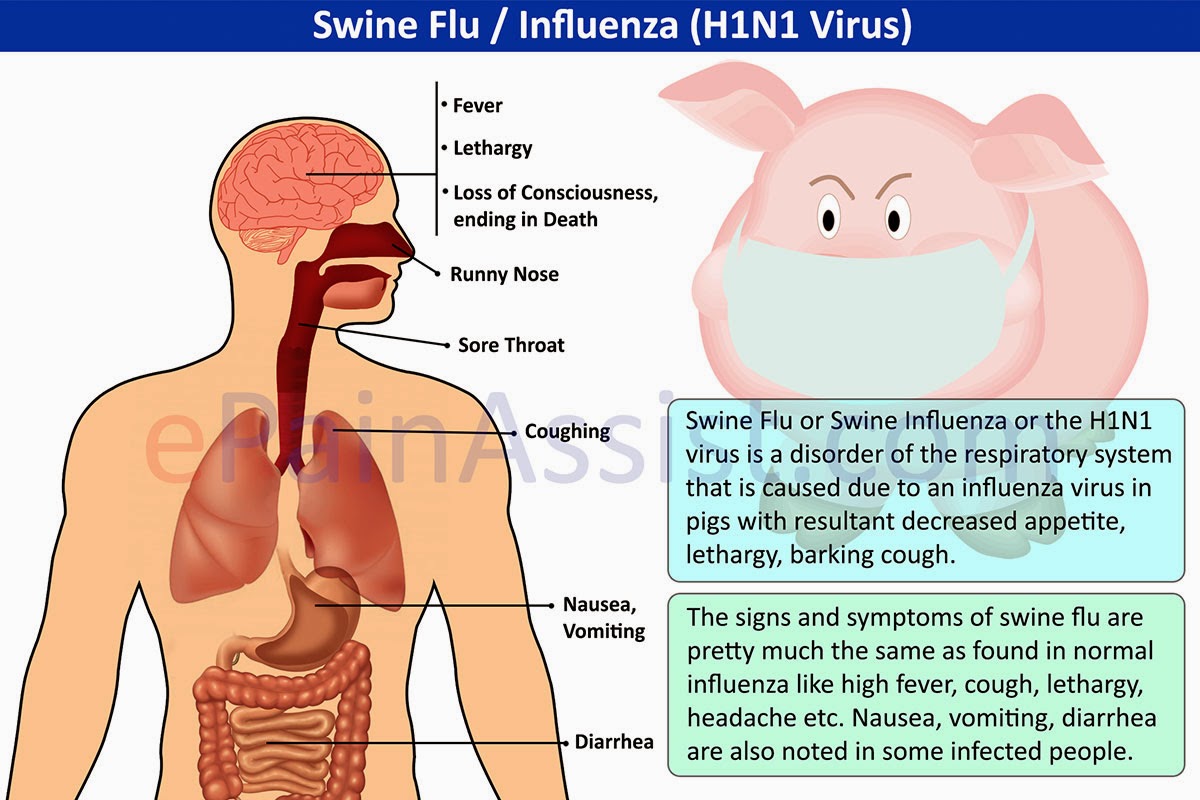 Paracetamol and ibuprofen can be taken orally or as rectal suppositories, and intravenous paracetamol is also available. The alternation of these two antipyretics or the use of combined drugs is not recommended due to the greater incidence of side effects.
Paracetamol and ibuprofen can be taken orally or as rectal suppositories, and intravenous paracetamol is also available. The alternation of these two antipyretics or the use of combined drugs is not recommended due to the greater incidence of side effects.
Some important facts about Nurofen® for children:
- Nurofen® for children begins to work after 15 minutes and is active up to 8 hours.
- The product complies with all applicable requirements and quality standards.
- The drug has an optimal safety profile.
- Easy to use:
- Possibility of dosage depending on the age of the child
- Nurofen® Oral Suspension for Children has a pleasant taste (strawberry or orange) and odor and is easy to swallow
On our website, you can get acquainted with children’s drugs to reduce fever, as well as get additional important tips on what to do if your child is sick.
If your child has a fever, don’t panic. Always monitor the child for symptoms, such as a rash or other visible signs. Although the child may feel unwell for a while, this condition will pass quickly. However, if you are in doubt about your child’s treatment options, check with your pediatrician.
Always monitor the child for symptoms, such as a rash or other visible signs. Although the child may feel unwell for a while, this condition will pass quickly. However, if you are in doubt about your child’s treatment options, check with your pediatrician.
SOURCES
- 1
Baranov AA, Tatochenko VK, Bakradze MD Feverish syndromes in children: recommendations for diagnosis and treatment. M.: Union of Pediatricians of Russia, 2011. 228 p.
- 2
If you have symptoms of fever, call your doctor or get emergency help.
- 3
Instructions for medical use of the drug Nurofen® for children, oral suspension [orange, strawberry], RU P N014745/01
The child has a high temperature. 5 useful tips from a pediatrician
The child has a high fever. 5 useful tips from a pediatrician
I, pediatrician Anastasia Vitalievna Kuzminskaya, will tell you what to do when the temperature rises in a child and what not to do at a high temperature for both adults and children, how to bring down the temperature at home.
Consider the main causes of high fever in a child:
- May be from a reaction to teething and colds.
- The body reacts in this way to infection or inflammation. Thus, our body creates unfavorable conditions for “uninvited guests” of microbes and activates personal defense mechanisms.
When the body temperature rises, the immune response is activated: phagocytosis increases, interferon synthesis increases, the work of the lymphocyte link of the immune system, the production of antibodies is stimulated.
Therefore, it is not necessary to bring down a low temperature in children.
- When it is necessary to bring down the temperature of a child 1. When the temperature is 38.5⁰С and above, we bring down, regardless of age.
- At a temperature above 38⁰С in a child we knock down the first 3 months of life;
- At a temperature above 37.5⁰С, bring down the temperature only if the child had febrile convulsions in the past (“convulsions from temperature”).

How to bring down a high temperature in a child at home.
What should I do if my child has a fever?
Of the “drugs of choice ”, the pediatrician recommends the safest for children – paracetamol or ibuprofen. The dose of the drug in childhood depends on the body weight and age of the child and the appointment is made only by a pediatrician:
- Paracetamol, Paracetamol suppositories
- Ibuprofen syrup (100 mg 5 ml)
- Ibuprofen, suppositories, syrup (120 mg 5 ml) Up to 6 months (4-8 kg) 2.5 5 ml 80 mg 2.5 ml 60 mg 6 months-1 year (8-10 kg) 5 7.5 ml 2.5 5 ml 1-3 years (10-14 kg) 7.5 10 ml 5-7 ml 3-5 years (14-20 kg) 10-15 ml 150 mg 7.5 10 ml
Paracetamol. A single dose of 15 mg kg. The multiplicity of reception in syrup is not more than 4 times a day, in candles up to 2 times a day. The minimum interval between doses is 6:00.
Ibuprofen. A single dose of 10 mg kg. Multiplicity of reception – in syrup up to 3 times a day, in candles for children up to 9 months 3 times a day; older than 9 months – up to 4 times a day.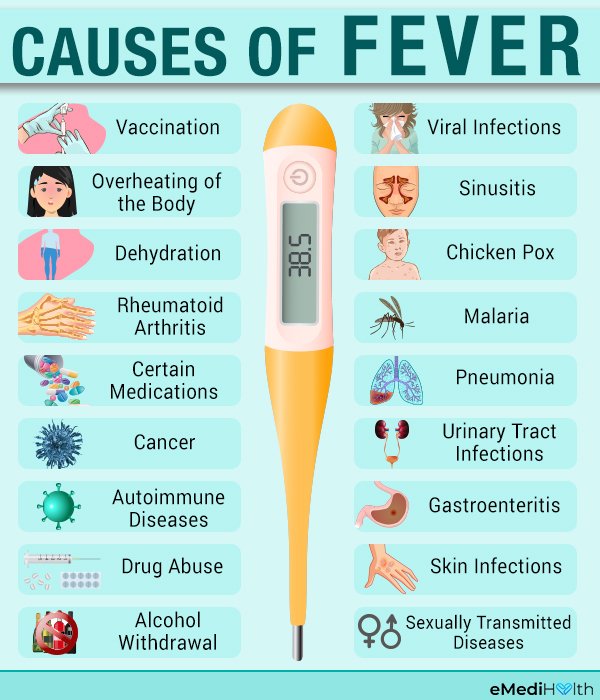
Minimum interval between doses 8:00
What not to do when a child has a temperature, pediatrician warns:
- It is forbidden for children to do alcohol and bite wipes. The skin of a small child easily absorbs substances applied to it. Therefore, such rubdowns can cause intoxication of the body.
- Do not give aspirin. Acetylsalicylic acid is contraindicated in children under 15 years of age, due to a possible severe complication of Reye’s syndrome (liver and brain damage).
- Do not dip in cold water. Significant hypothermia of the child’s skin can lead to the opposite effect of vasospasm of the skin and a decrease in heat transfer.
When a child has a fever, the pediatrician always recommends drink plenty of fluids !
It is very important to solder the child, because even at a temperature of 37.3 the body loses a lot of fluid. For children of the first years of life, it is best to use ordinary boiled water.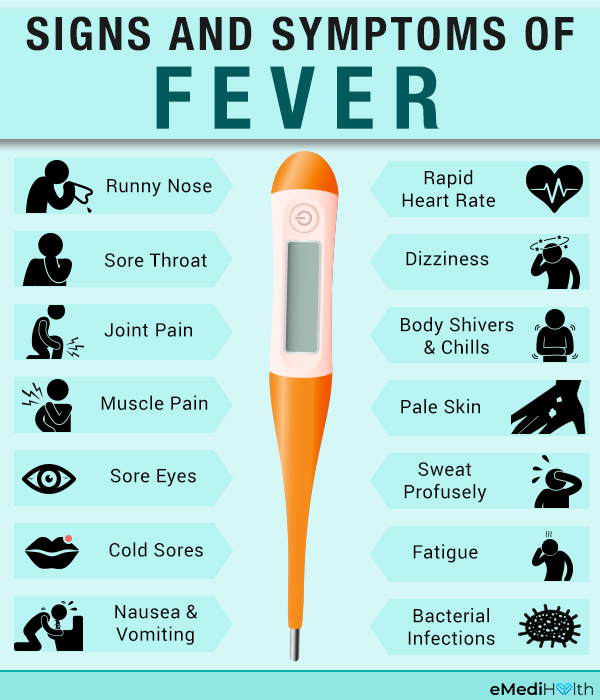

 At this age, any bacterial infection can progress quickly and lead to sepsis, so an infant needs immediate medical care.
At this age, any bacterial infection can progress quickly and lead to sepsis, so an infant needs immediate medical care. The baby’s weight determines the dose, so follow the label instructions carefully. Call a doctor before giving new medication to a baby, especially a sick one.
The baby’s weight determines the dose, so follow the label instructions carefully. Call a doctor before giving new medication to a baby, especially a sick one.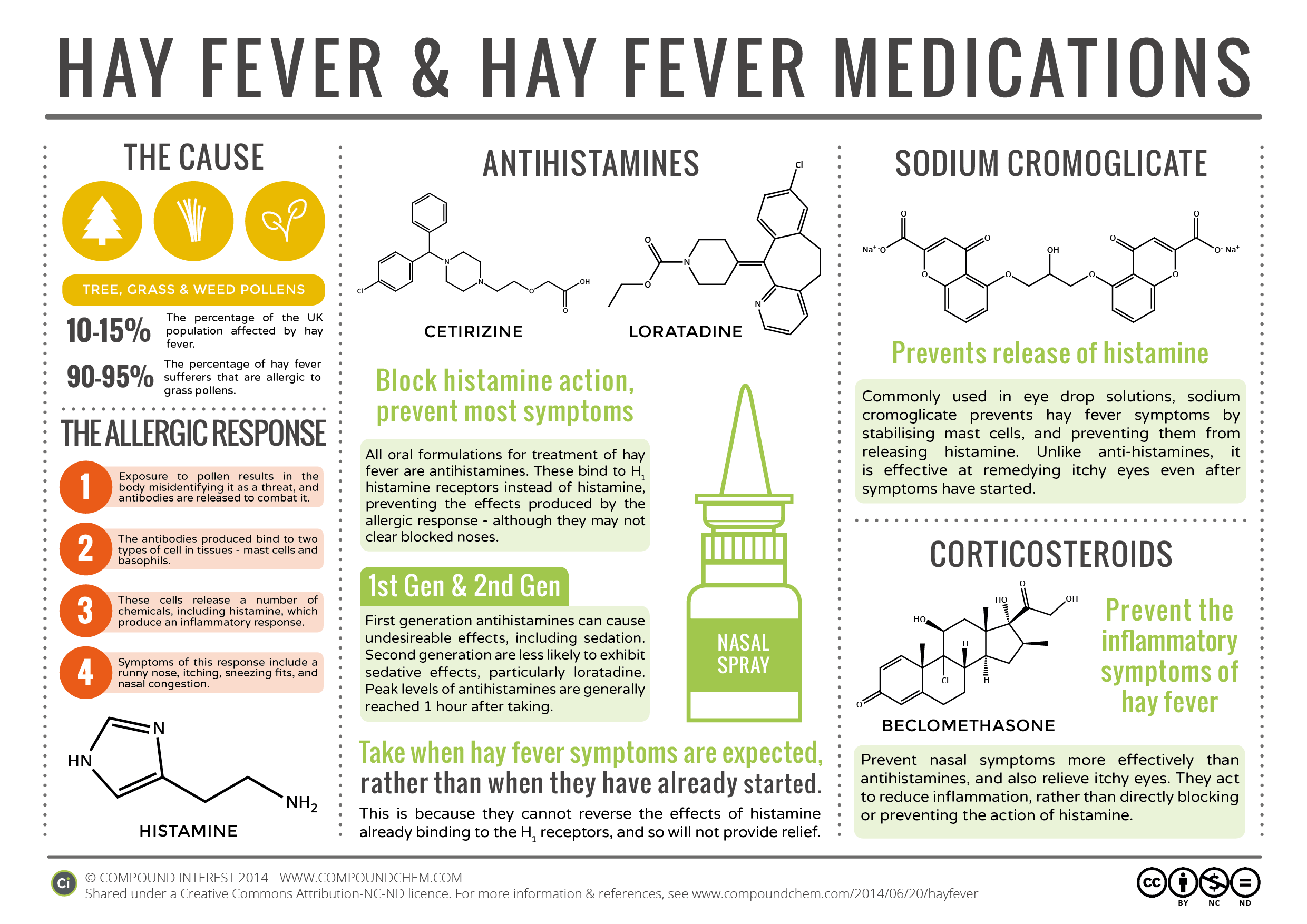
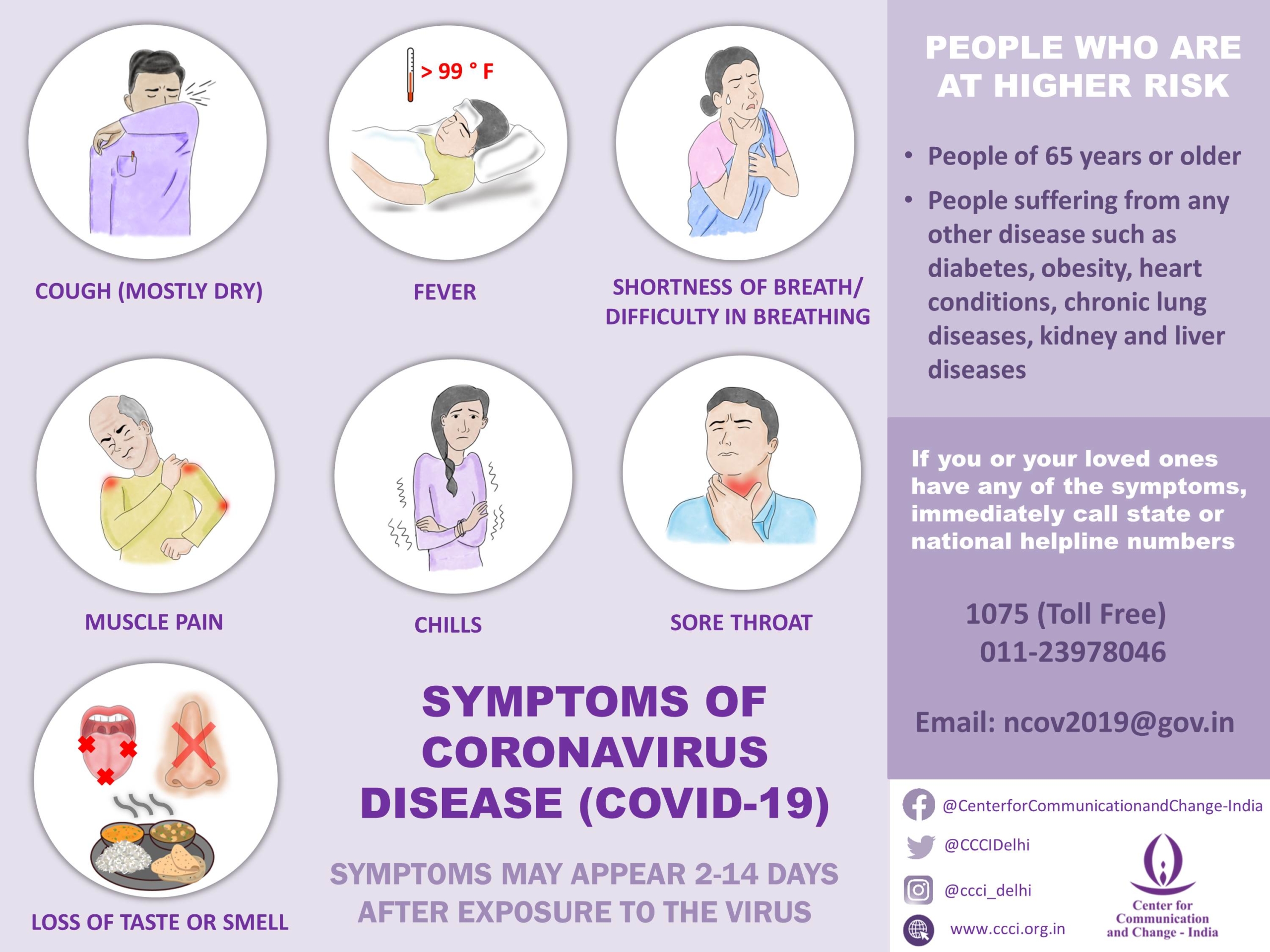

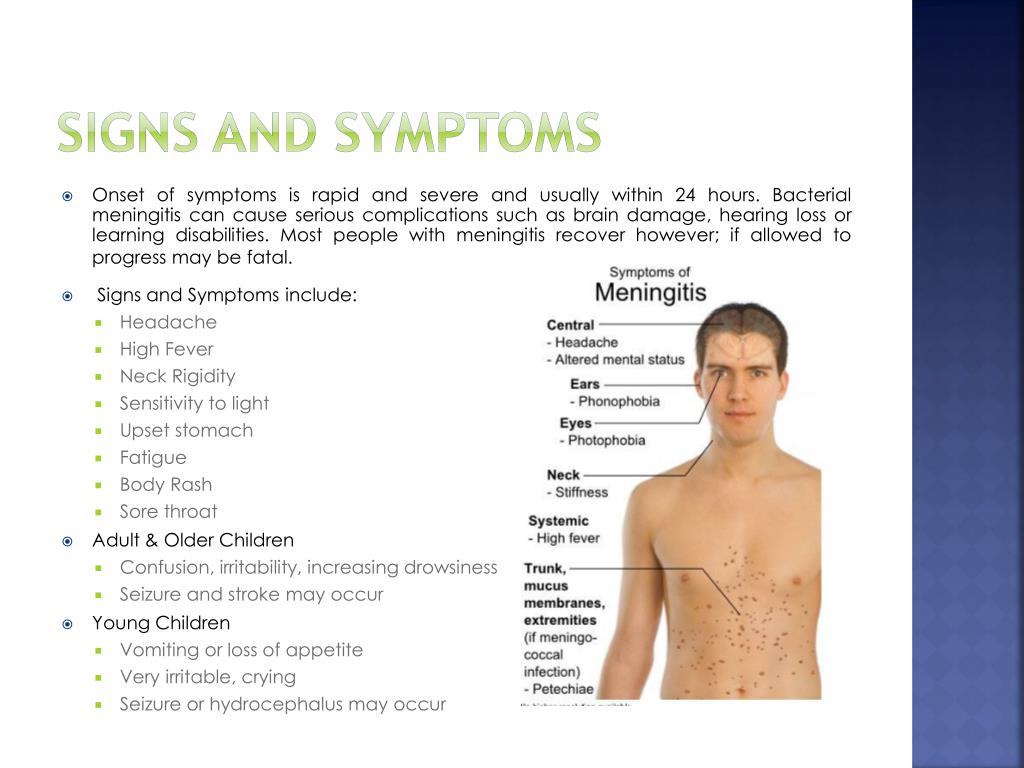

 Seek medical attention as soon as possible.
Seek medical attention as soon as possible.